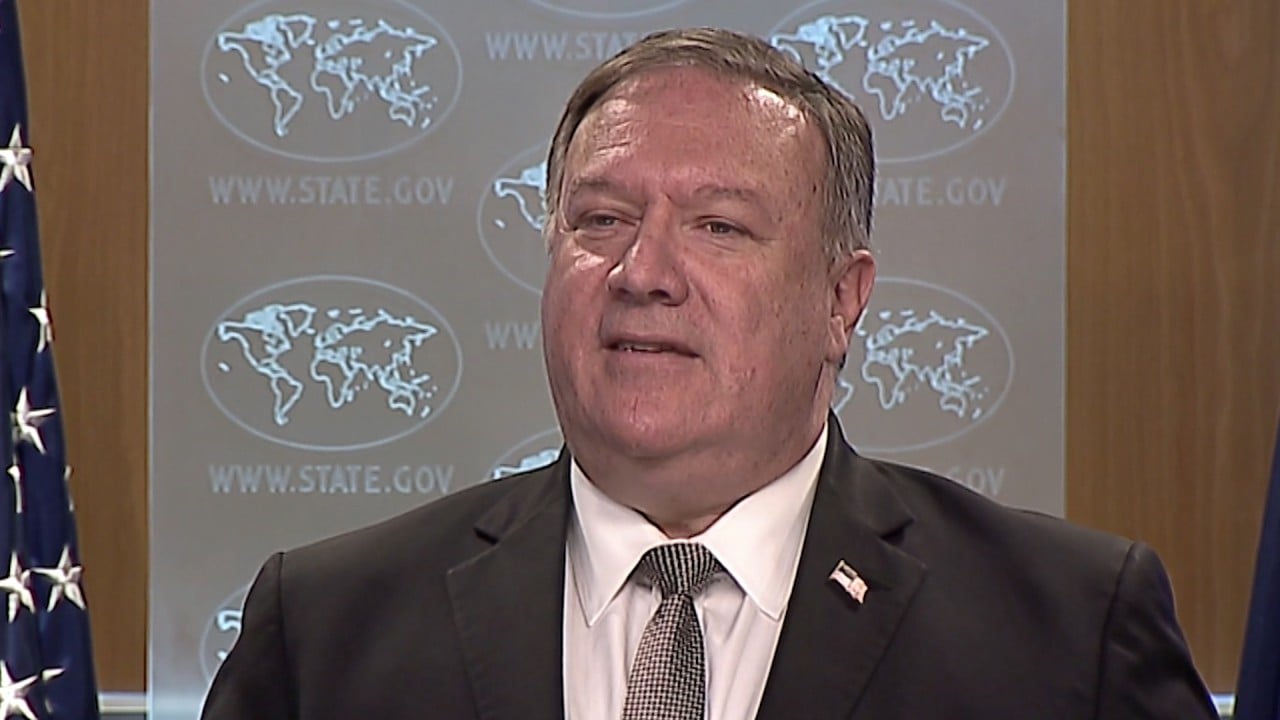
US-China trade war reaches second anniversary, with superpower relations at ‘alarming’ lowest ebb
- Two years after the US imposed the first trade war tariffs, its trade deficit with China has narrowed, but wider relationship are being held together by the sticking plaster of a phase one deal
- China’s Foreign Minister Wang Yi says ties are ‘facing the most serious challenges since the establishment of diplomatic relations’ in 1979
On the second anniversary of Washington unleashing its first trade war tariffs on Beijing, tensions continue to flare over issues ranging from Hong Kong to technology, with observers in both countries agreed that the superpower relationship between China and the United States is at its lowest ebb in decades.
“I don't know that we would have thought we would have fallen this far,” said Clark Jennings, former White House trade adviser to former US president Barack Obama.
“I don't think I will be considered blasphemous for saying as an Obama appointee that the Obama administration could be criticised for maybe not going far enough at certain points in the US-China relationship,” continued Jennings, now managing director at policy advisory firm C&M International.
“But if there were any gains [from the Trump administration’s strategy], at what cost? Not only to the US domestic economy, but at what cost to our relationships around the world and our standing on the global stage?”
Rather than be cowed, however, China has grown more belligerent on the international stage since the first 25 per cent tariff was placed on US$34 billion of goods on July 6, 2018, engaging in trade and geopolitical disputes with nations including India, Canada and Australia, while drawing widespread condemnation from a series of Western governments for rolling out a sweeping national security law on Hong Kong, seen by many as an erosion of the city’s autonomy.
The cold war terminology, used frequently in the US for years, has grown more common in Chinese policy circles in recent months as relations have deteriorated.
What is alarming is that the Sino-US relationship is one of the most important bilateral relations in the world, but is facing the most serious challenges since the establishment of diplomatic relations
“What is alarming is that the Sino-US relationship is one of the most important bilateral relations in the world, but is facing the most serious challenges since the establishment of diplomatic relations [in 1979],” said Foreign Minister Wang Yi, in a speech in Beijing on Thursday.
As the US moves closer to November’s general election, even more uncertainty lies ahead for the geopolitical and economic relationship, analysts said.
“In the short term, the rapidly changing political landscape in the US could shift trade war calculations. President Trump’s declining political prospects means that China might be content to ‘wait out’ the Trump presidency in anticipation of dealing with a more conventional Biden administration in January,” said Stephen Olson, senior fellow at the Hinrich Foundation and former US trade negotiator.

01:04
Pompeo says US considering ban on TikTok and other Chinese apps, praises Google, Facebook, Twitter
Economic analysis firm Panjiva found that Chinese imports of the 548 products covered by the phase one deal rose 11.5 per cent in May from a year earlier and 11 per cent from May 2017, the baseline for the deal.
“The growth has been driven by a surge in commodities. Exports of agricultural products jumped 39.8 per cent higher in May 2020 vs May 2017 on the strength of a 468 per cent surge in shipments of meat,” according to Panjiva’s analysis, with China having loosened import restrictions on poultry, pork and beef in line with another requirement contained within the phase one trade deal.
But China has only bought 45 per cent of the amount of goods required by the deal in the first five months of the year, research from the Peterson Institute of International Economics showed.
There have been disruptions from the coronavirus pandemic, with shutdowns on both sides hampering trade and logistics, however, most analysts considered the trade deal’s targets to be unrealistic in the first place.
If anything, analysts have remarked on the strength of US meat sales to China despite the viral outbreaks.
“It was notable that US exports of meat to China kept growing even during the height of shortages of supplies in the US earlier in the Covid-19 crisis. I’d expect a continuation of exports,” said Chris Rogers, Panjiva research analyst.
“The bigger issue is whether stricter Chinese rules on Covid-19 inspections of incoming meat dent imports from all suppliers.”

